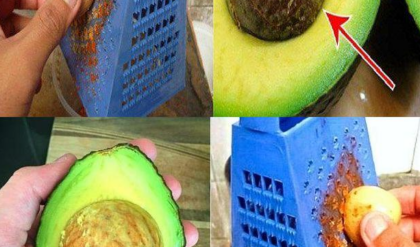Tree grafting is a horticultural practice that seamlessly merges parts from two plants, enabling them to grow as one. Widely used in fruit tree propagation, grafting allows gardeners to combine the strengths of a robust rootstock with the desirable traits of a scion. Follow this step-by-step guide to graft trees correctly and efficiently, including the specialized technique of under-the-bark grafting.

Understanding the Timing of Grafting
The success of your grafting efforts often hinges on timing. Late winter to early spring, just before sap flow begins (known as bud break), is ideal. This period provides optimal conditions for the graft to heal and flourish during the growing season.
Selecting the Right Scion and Rootstock
Scion Selection: Choose a healthy, disease-free branch from a tree that is one year old. The scion should have 2-3 well-developed buds.
Rootstock Selection: Ensure the rootstock is compatible with the scion, disease-free, and sturdy. Its size will determine which grafting technique is best suited.
Exploring Common Grafting Techniques
- Whip Grafting: This technique works best when the rootstock and scion are of similar size. Make diagonal cuts on both pieces, align their cambium layers (the green layer just beneath the bark), and bind them together.
- Cleft Grafting: Ideal for larger rootstocks, this method involves making a vertical cut in the rootstock and inserting a wedge-shaped scion into the slit.
- Bud Grafting (Budding): In this technique, a single bud from the scion is inserted into a small incision in the rootstock. Bud grafting is typically performed in summer when the buds are mature.
Perfecting Grafting Under the Bark
Under-the-bark grafting is particularly effective for large rootstocks during spring, when the bark separates easily from the wood.
Steps:
- Make a T-shaped cut in the rootstock bark.
- Gently lift the bark flaps without damaging the cambium.
- Prepare the scion with 2-3 buds and a small sliver of wood at its base.
- Insert the scion under the bark, ensuring its cambium makes direct contact with the rootstock cambium.
- Secure the scion with grafting tape or wax to prevent drying and protect the graft.
Essential Aftercare for Grafted Trees

- Seal the Graft: Use grafting wax or tape to lock in moisture and shield the graft from environmental stress.
- Watering: Keep the rootstock well-watered, but avoid fertilizing until the graft has fully established.
- Monitor Growth: Regularly check for signs of successful union, such as bud swelling or new shoots. Remove any competing growth from the rootstock to redirect energy to the graft.
Expert Tips for Grafting Success
- Always sanitize tools before and after grafting to prevent the spread of disease.
- Make precise, clean cuts to ensure proper contact between the cambium layers of the scion and rootstock.
- Label your grafted trees to keep track of the varieties and grafting dates.
- Practice patience; some grafts may take weeks or months to fully establish.
Grafting is an invaluable technique that enables gardeners to repair damaged trees, create hybrid plants, or produce high-yielding fruit trees with unique traits. By understanding and mastering these methods, you can transform your garden or orchard into a thriving showcase of horticultural ingenuity.
Inspired to try grafting? Share this guide with your gardening community and embark on the rewarding journey of tree propagation!





